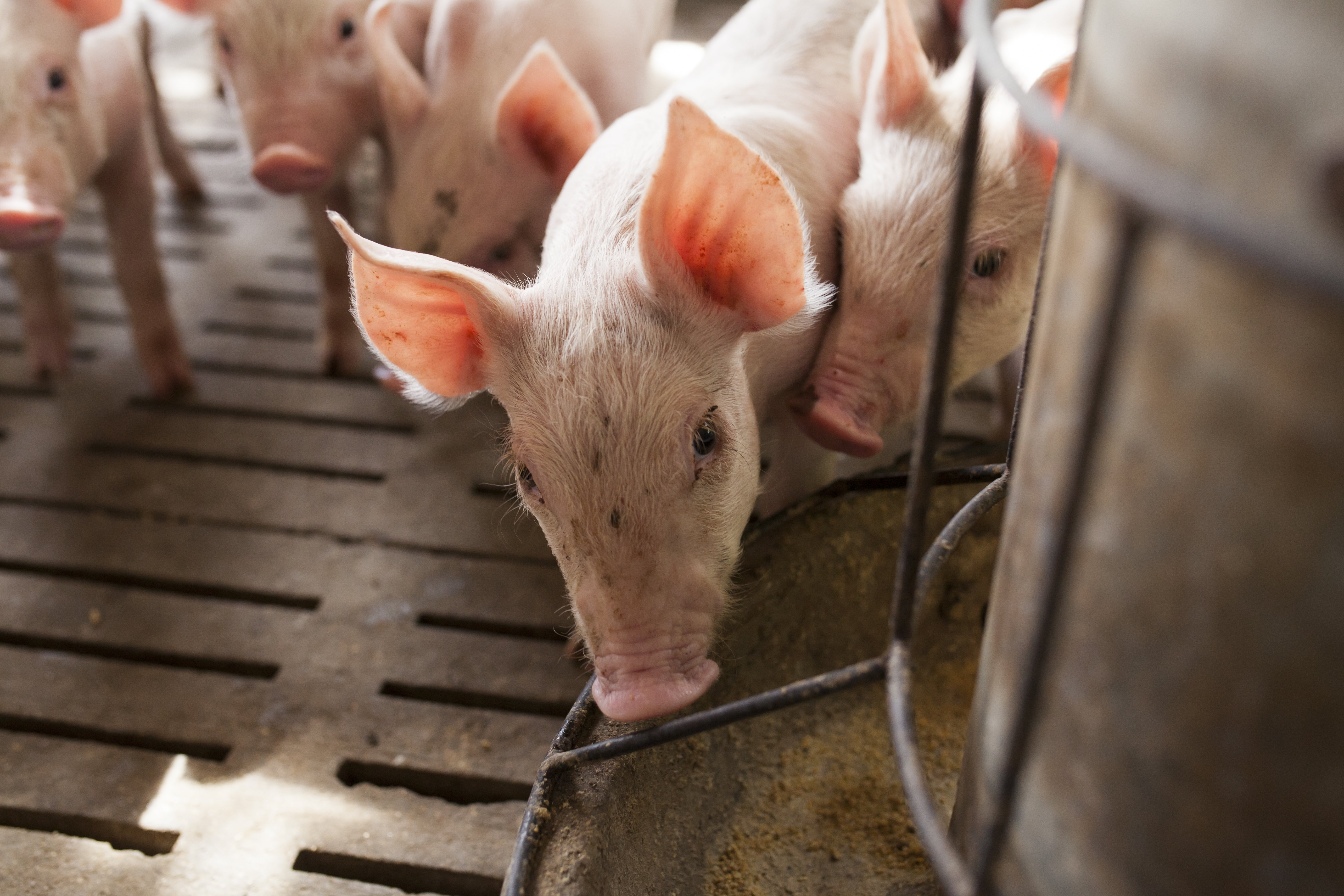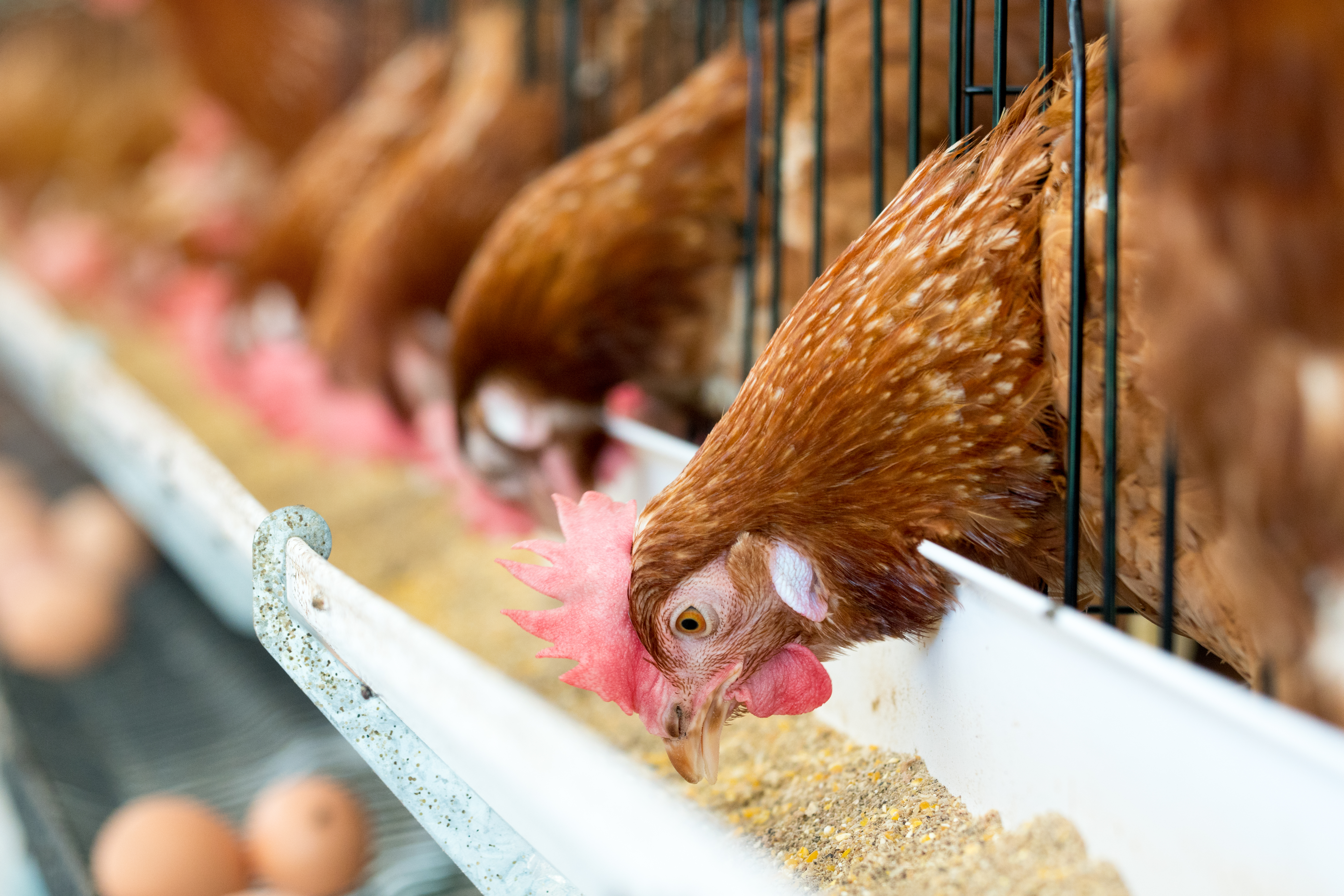animal protein business
Animal protein production is quite challenging. How can you increase animal performance, health and profit at the same time? We talk about this theme with Dr. Francesco Lombardini, poultry expert. With a degree from Bologna University in animal nutrition (1996) he previously worked for IMASS, Arena Group and Eurovo. At present he is working for Neofarma.
Within the animal protein industry, professionals are constantly searching for the right formulation of raw materials and feed additives to optimize animal performance, increase the yield and reduce diseases.
In fact, feed formulation has become a specific expertise. Key questions are: how to improve performance at the least cost? How to manage production costs while maintaining an efficient animal production? These are important questions because cost control and ‘healthy’ margins are crucial for a ‘healthy’ animal business.

Threats to the profitability
Managing the production costs is necessary for any business. For animal protein production, profit is directly related to the feed cost.
Dr. Francesco Lombardini: “In fact, we see three major threats to the profitability of animal protein production. First of all, there’s the strong dollar rate in comparison to the euro. This has a considerable impact on the price of feed raw materials that are imported from the States. Secondly, on average we see a reduction of the demand for meat in Europe, and lean meat has a competitive advantage. And thirdly, low cost products are coming to the Western European markets. Animal protein producers are looking for protection against this unequal competition. A clear certification for products (e.g. eggs) that are locally produced from A to Z could help them.”
> Read more about actual trends & challenges in our industry

How to lower feed cost
Feed cost is one of the most important costs of animal protein production, reaching 60 to 80%. Is it possible to lower that cost to protect or even increase the profit?
Dr. Lombardini: “I think it’s quite difficult to lower that cost, because of the dollar rate, as I already mentioned, and the cost of animal or vegetable fat. High grain prices can necessitate the addition of more fat to increase energy and performance. Adding fat also allows to use very finely processed, pelletized feed. But fat brings along a cost, too.”
The growth and performance of today’s animals is stronger than ever, thanks to genetics. And a good start makes all the difference. It goes without saying that such a fast growth needs the right support in all life stages.
Is it possible to support the animal and to optimize the feed cost at the same time?
Dr. Lombardini: “Yes, it’s possible. By adding LYSOFORTE® EXTEND to the feed, the absorption of nutrients is improved. Better nutrient digestion and absorption improves animal growth and contributes to a more profitable production. In this way, you lower the feed conversion ratio, meaning the animals are efficiently turning feed into bodyweight.
Better nutrient absorption also increases egg production due to the absorption of fat soluble vitamins such as vitamin E. Moreover, it also increases the absorption of fatty acids such as linoleic acid. Result: bigger eggs and a better commercial classification.
Important savings
When it comes to lower costs, does it make sense to add a feed additive?
Dr. Lombardini: “With LYSOFORTE EXTEND you can reduce the fat and protein in the formula. For poultry, you don’t need to add pigments for attractive yolk colour. These savings come on top of many other benefits: you get healthier animals with a better immunity to disease, the quality of the product is enhanced, the yield of the carcass in fattening poultry is increased.”
Dr. Lombardini:
“In other words: you gain quality and save money. Even with the cost of LYSOFORTE EXTEND subtracted, you can count on approx. 10 euros of savings per ton of feed.”


